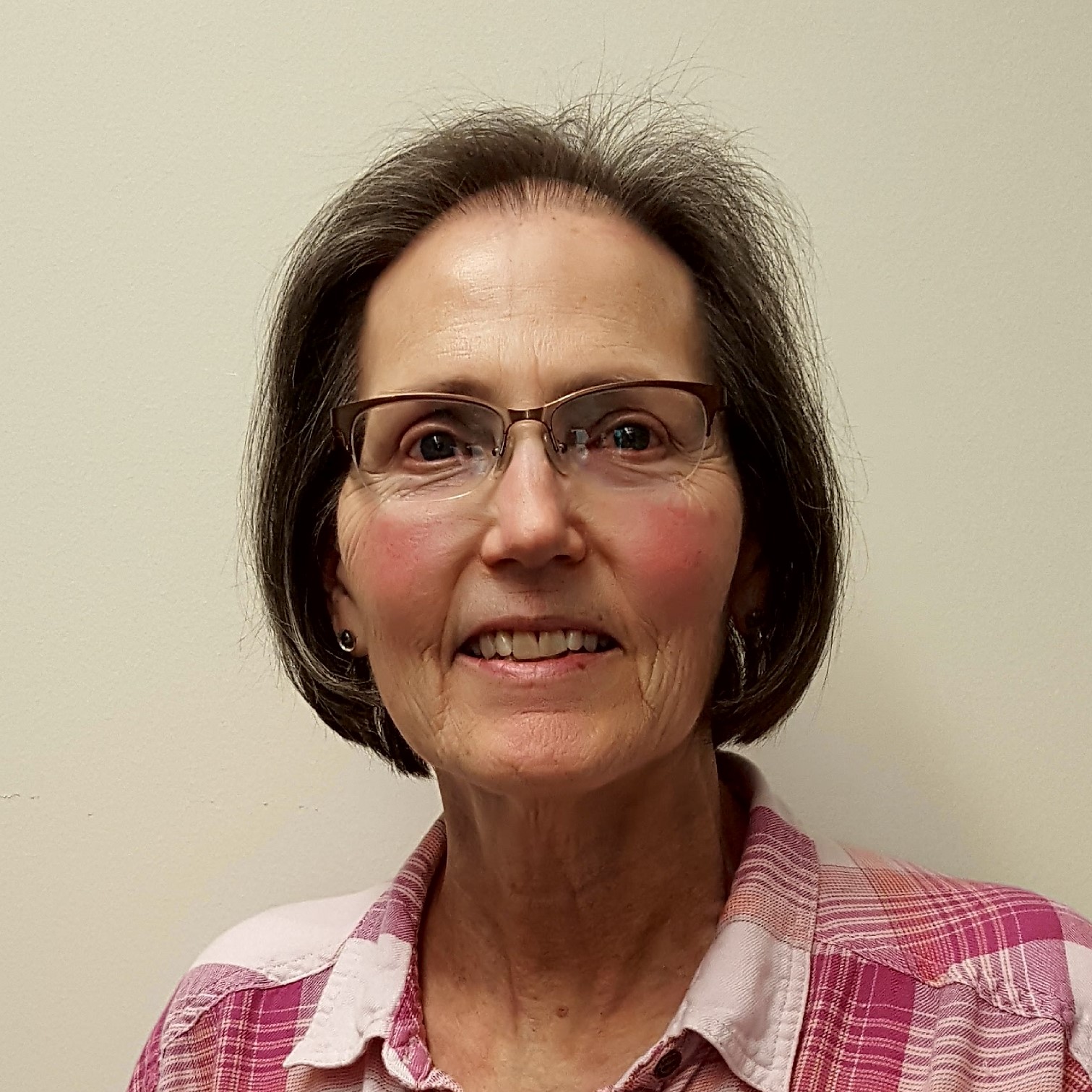Energy Balance Assessment Core
About the EBA Core
The Energy Balance Assessment Core (EBA) has been an integral component of the Colorado NORC since 1997. The EBA Core provides support for the measurement of components of energy balance (e.g., energy expenditure and intake) and for assessing consequences of alterations in energy balance (e.g., body composition, substrate oxidation). The Overarching Aim of the EBAC is to provide expertise and support for obesity and nutrition related basic, clinical, translational, and transdisciplinary research for NORC investigators at CU Anschutz and its' affiliates. Services of the EBA Core are essential for many NORC investigators.
Energy Balance Lab (EBL)
The Energy Balance Lab (EBL) provides services to assess body composition, bone density, bone microarchitecture and estimated strength physical fitness, and energy expenditure values in research participants. Only CTRC-approved research protocols can request Energy Balance Lab services. To request the use of services from the EBA Core, please complete the EBAC application.
Services Offered Include:
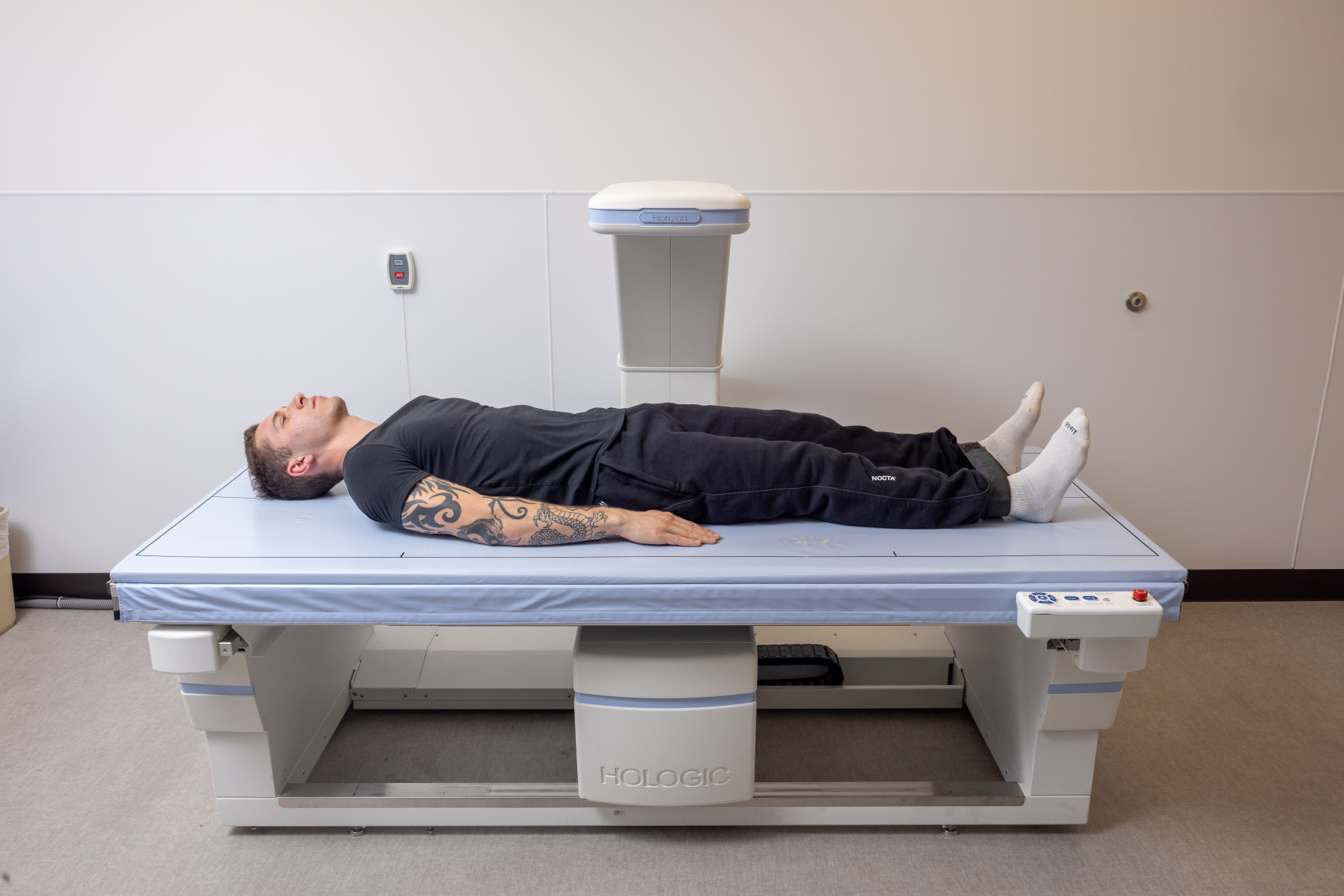
Measurement of Body Composition and Bone Density
We offer DXA Total Body Scans to provide body composition information. Bone density is determined through Hip and Spine scans.
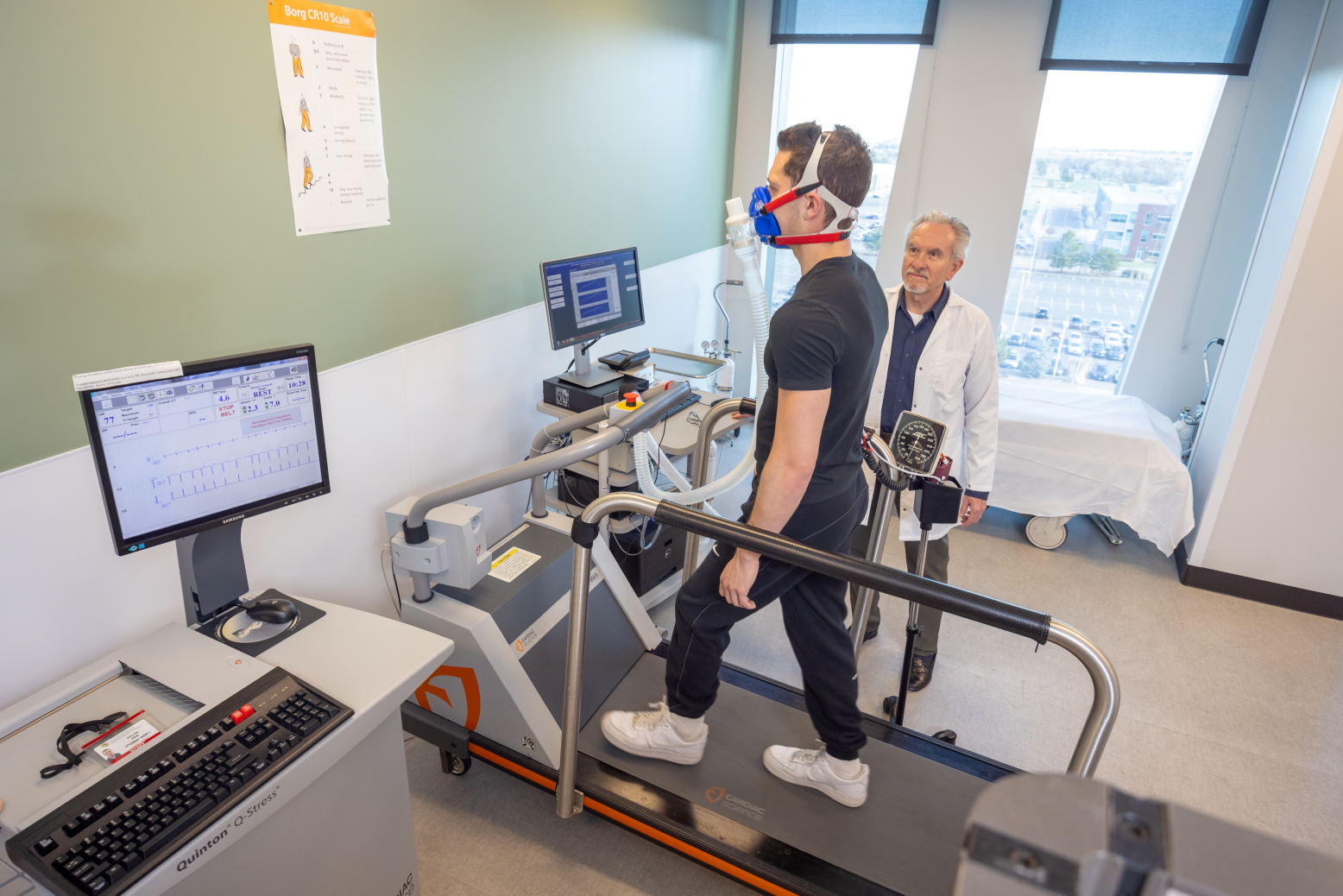
Measurement of Physical Fitness
We can perform maximal or submaximal graded exercise testing with VO2 values.
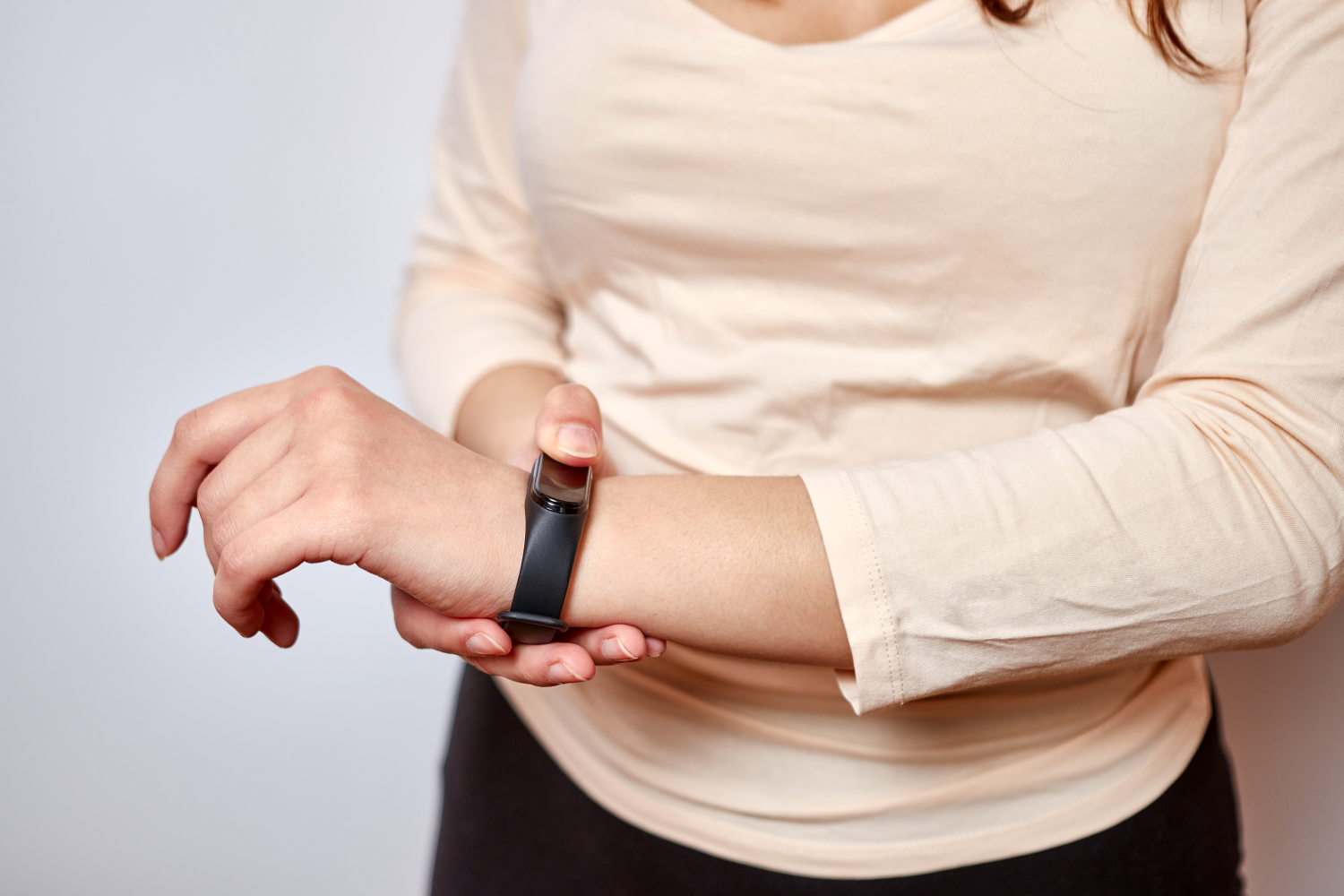
Measurement of Usual Physical Activity
We can help your study measure physical activity through the use of accelerometers.

Measurement of Energy Expenditure and Substrate Oxidation
We offer Whole Room Calorimeter or Resting Metabolic Rate (RMR) testing and measurements of free-living energy expenditure using the Doubly Labeled Water (DLW) method.
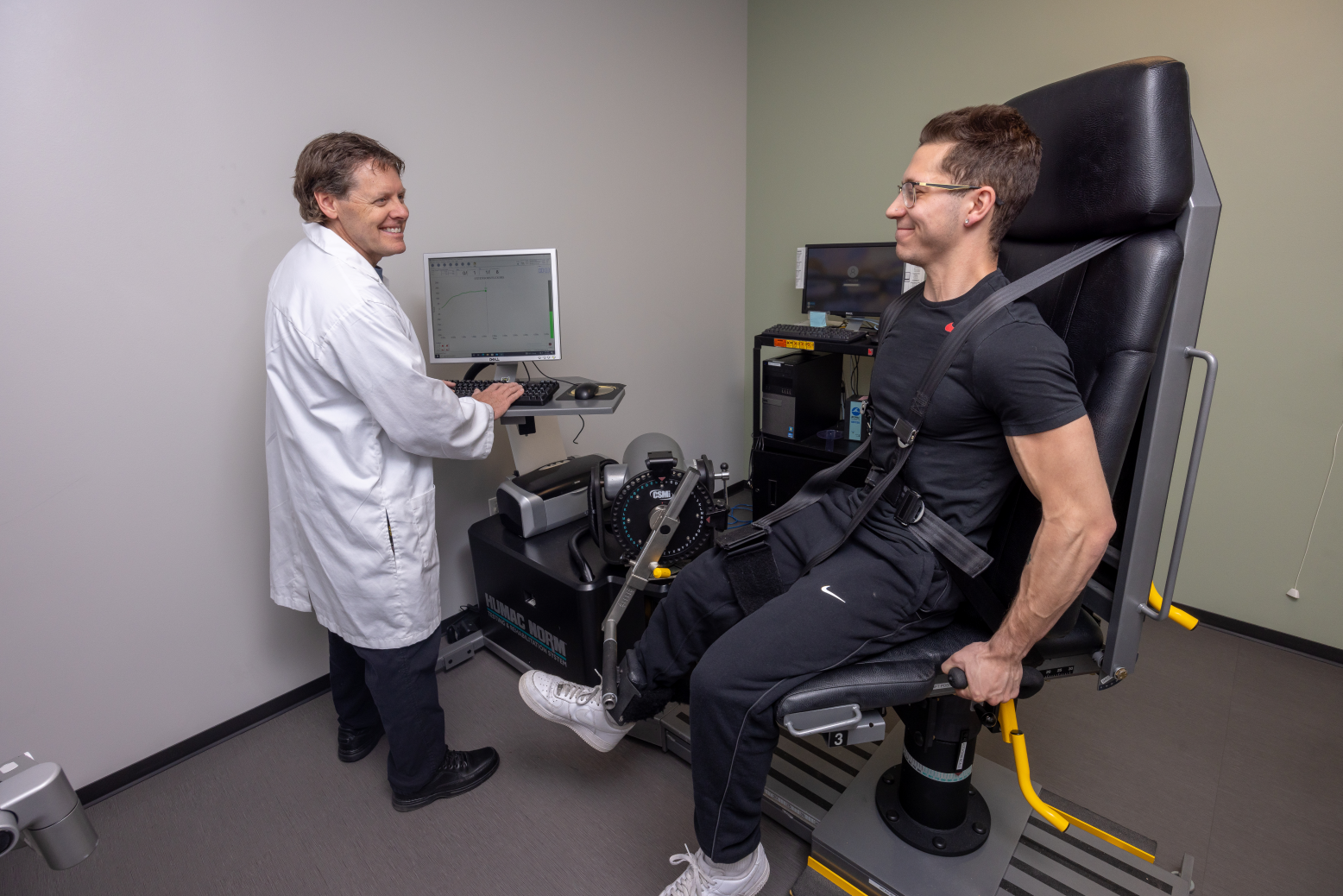
Isometric Knee Test
We can obtain peak torque measurements during isometric knee strength testing using the HUMAC Norm Dynamometer.
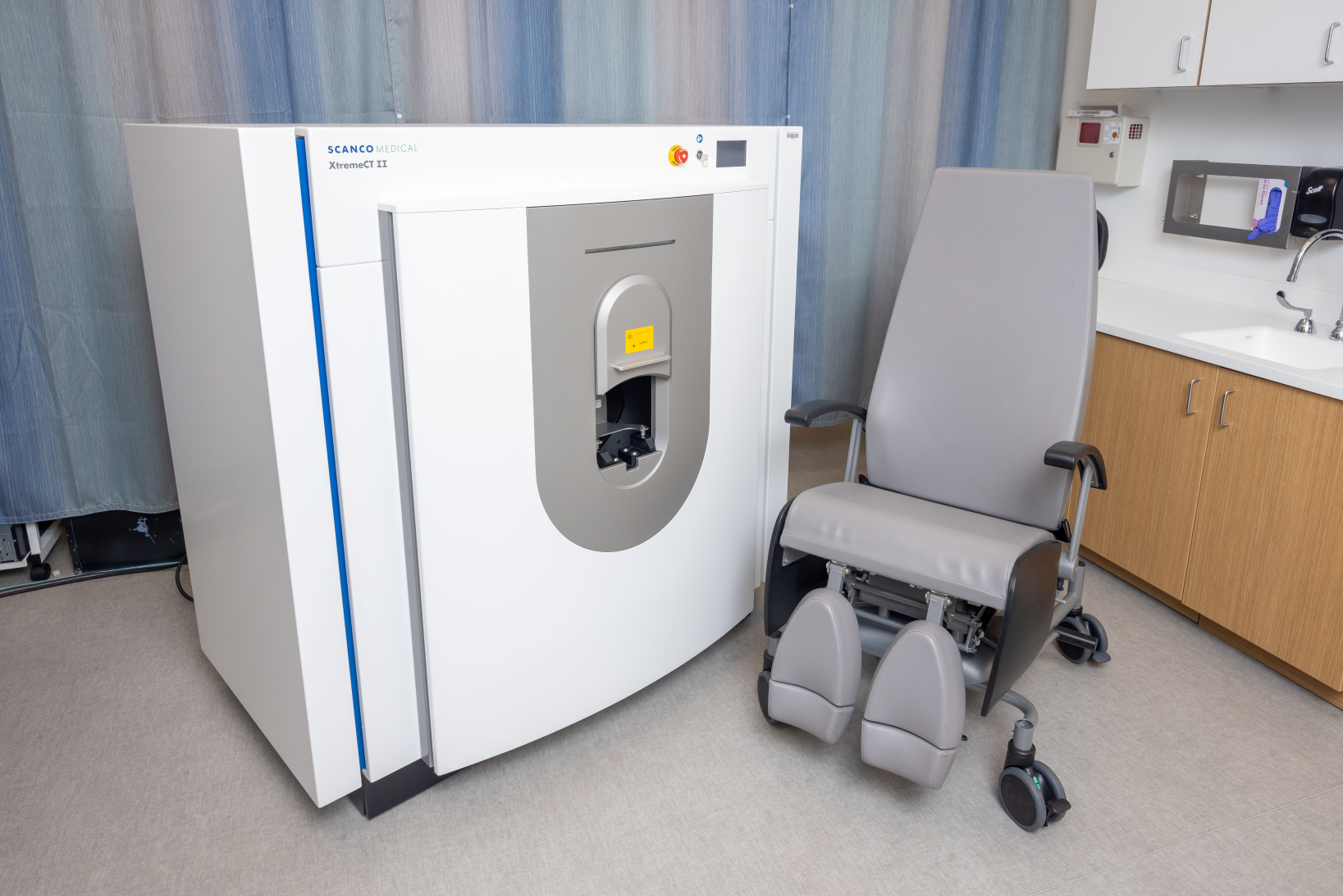
Measure volumetric bone density, bone microarchitecture and estimated strength
The XtremeCT II is designed to measure the bone density and to quantify the three dimensional microarchitecture of the bone at the distal tibia and radius of humans for clinical in vivo assessment of osteoporosis.
EBL Small Animal Subcore
The small animal sub-core of the EBL provides support for PI’s who want to measure energy intake, energy intake, physical activity, and body composition in small animals. This is the only metabolic phenotyping core on campus, and the specialized equipment has been uniquely modified so that measures of energy balance can be acquired while assessing nutrient trafficking and metabolism. Although most of the work involves strains of rats and genetically modified mice, the equipment has also been used to study ground squirrels, pythons, and flies.
The 400sqft IACUC-approved NORC animal satellite facility is used for long term housing, metabolic phenotyping, intake monitoring, nutrient tracer studies, rodent exercise, and other preclinical procedures.
Services Offered Include:
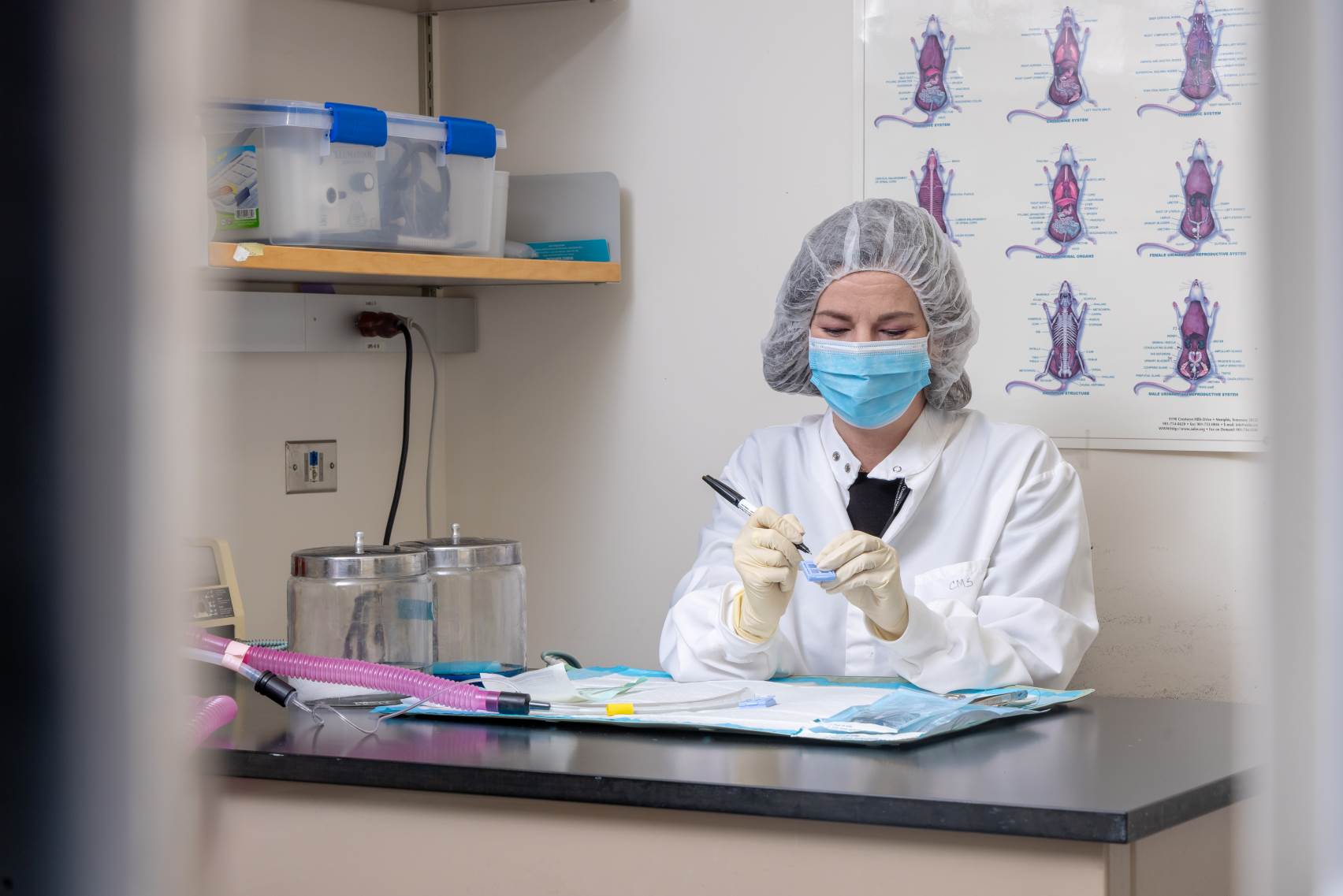
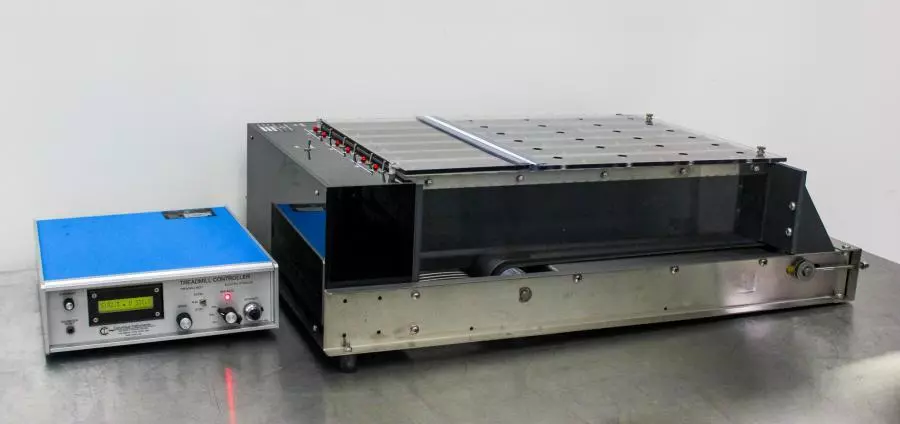
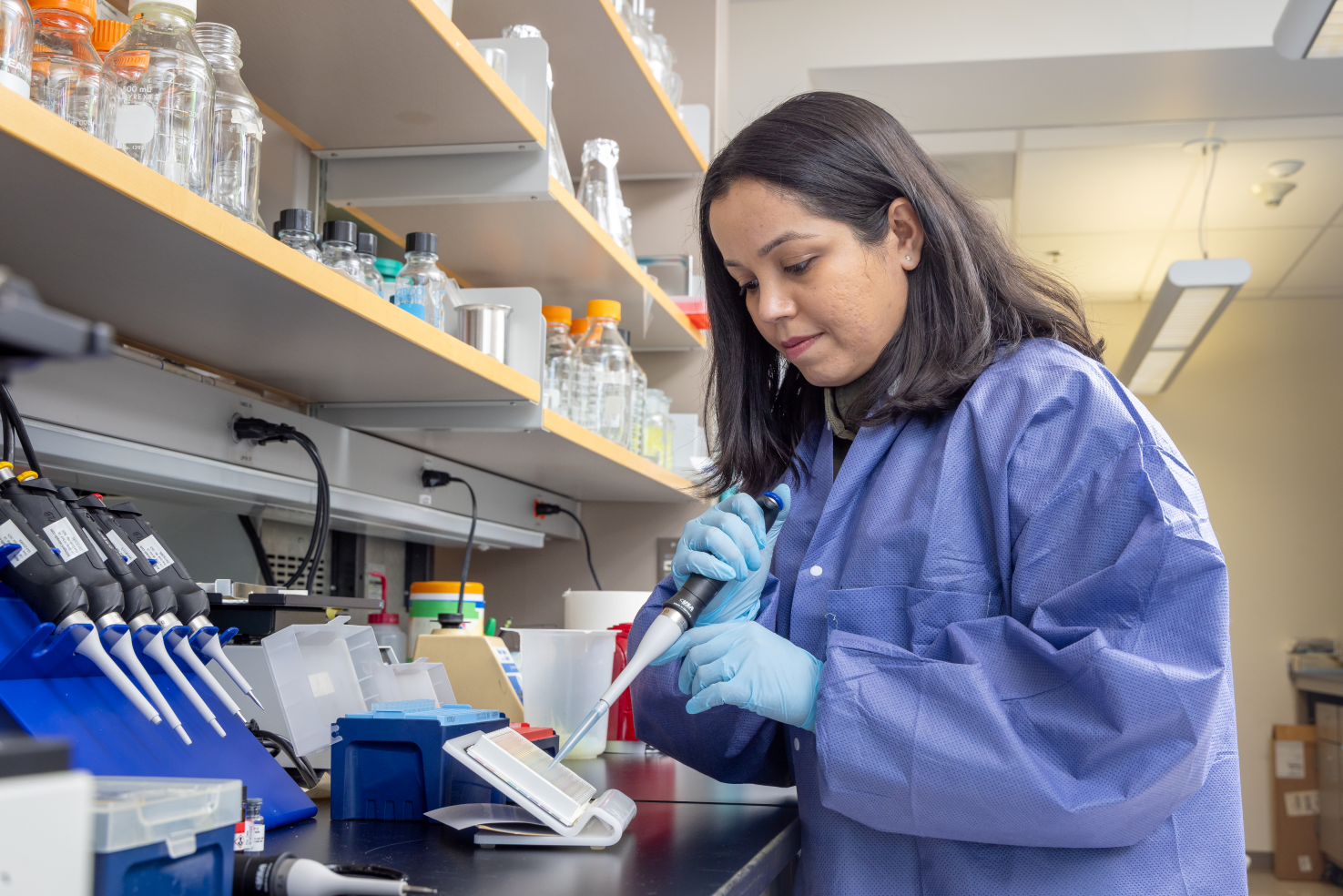
Indirect Calorimetry
The EMC maintains two 8-chamber indirect calorimetry systems (1 rat, 1 mouse) within the NORC animal satellite facility for the determination of energy intake, energy expenditure, whole body fuel utilization, and both resting and activity energy expenditure. The mouse system is enclosed within a metabolic chamber that facilitates studies over a range of temperatures (4-30C).
Tracer Calorimetry
In concert with indirect calorimetry, stable or radio-labeled isotopes may be incorporated into the diet in order to examine nutrient oxidation, trafficking, and storage.
Physical Activity
Daily physical activity is usually measured in concert with indirect calorimetry. Total, ambulatory, and non-ambulatory activities are recorded in real time.
Body Composition and Bone Density
To provide body composition information in live animals we offer both DXA and quantitative magnetic resonance (EchoMRI). Bone density can be determined with DXA through the use of small animal software. Post mortem body composition can also be determined in large organs with the EchoMRI.
Intake Monitoring
Intake monitoring can be performed by two methods. The more general and common method is to manually weigh the food, correcting for spillage over 24, 48, or 72hr periods while animals are housed in metabolic caging racks. The second method is BioDAQ, a real-time food intake monitoring system that measures the episodic feeding activity of singly housed lab animals in their home cage. Adlib, restrictive, or intermittent meal feeding can be achieved with automated gate closure following consumption of a given allotment of food.
Exercise Training
We maintain 4 Exer 3/6 Columbus Instruments treadmills within the animal satellite facility for training. Exercise energy expenditure can be determined on a single lane calorimetry treadmill.
EBA Core Team
Edward Melanson PhD
Professor
Director, Enrichment Program; Associate Director Energy Balance Assesement Core






